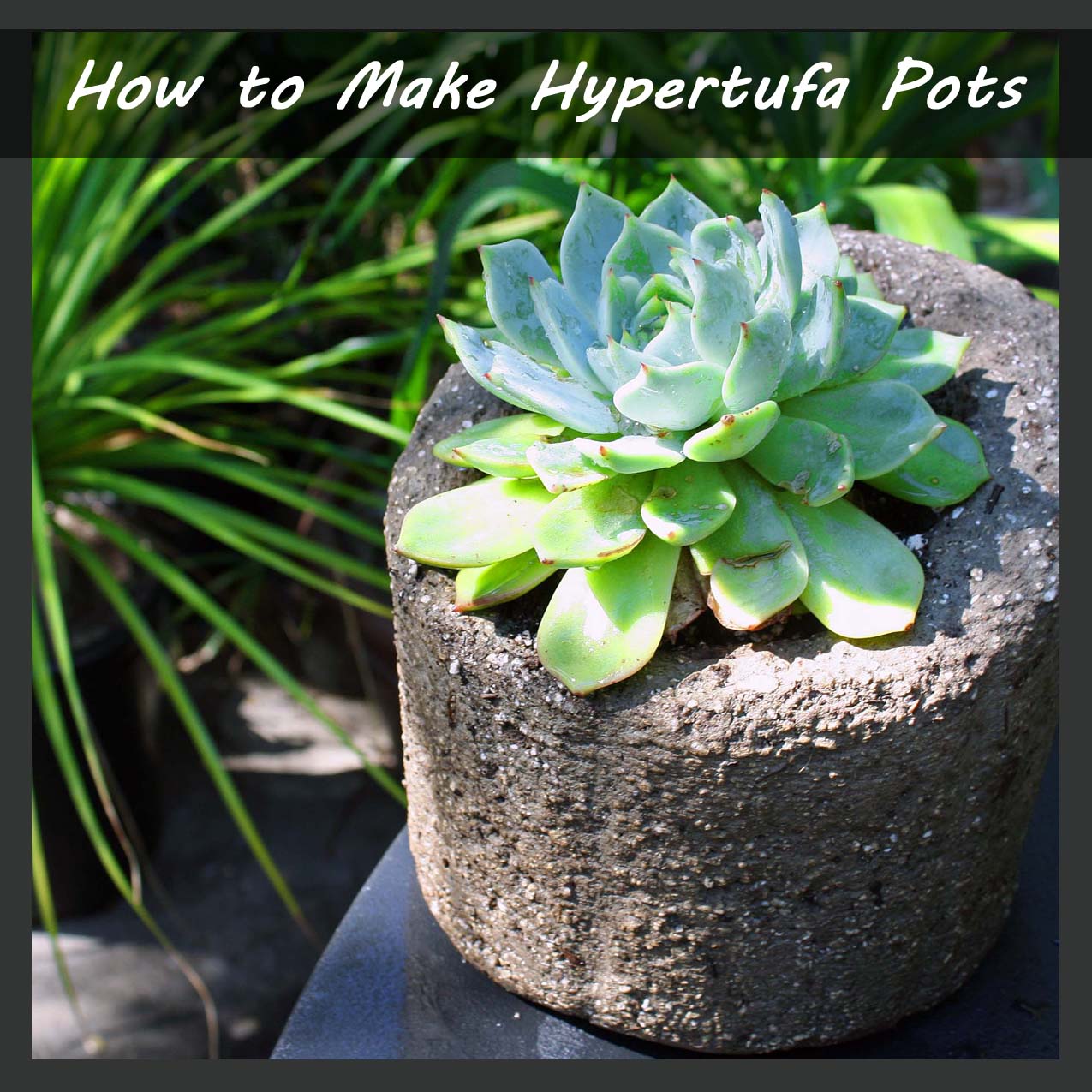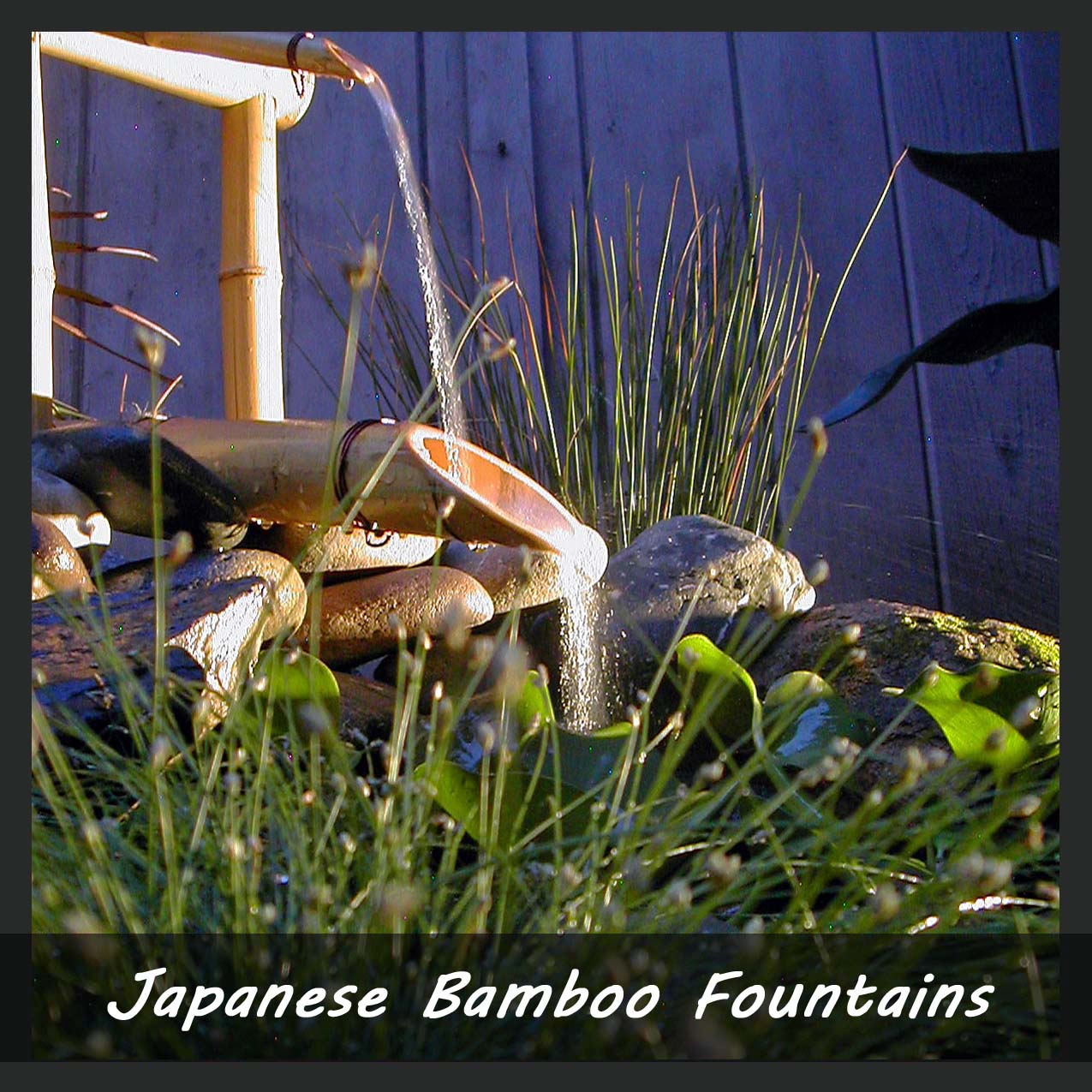Growing Bamboo
by Jesse Khong
Bamboo is a woody grass and one of the fastest growing plants on earth. There are over 1400 species of bamboo growing from sea level to over 14,000 feet (4300 m). Europe and Antarctica are the only continents that do not have native bamboo species. In countries such as Vietnam, Thailand and China, bamboo is not only an important food source for humans and wild animals such as giant pandas and elephants, but also a popular material used in construction and furniture building.
Growing Habits
Bamboo grows to its full height and maximum culm diameters in one season. New bamboo culms can grow several feet within 24 hours and reach their full height within 30 days. Bamboo will produce more leaves in the succeeding seasons, but the culms do not grow anymore in height and width after the first season. The circumference of a shoot determines the mature size in girth of a full grown culm. It is normal for some bamboo species to shed their leaves to adapt to a new environment after being transferred to a new location.
Root Structure
Clumping Bamboo:
Clumpers are the non-invasive types with very short root structures, which do not expand more than a few inches per year and grow in a circular form. Rhizomes always turn upward and become culms. Because of the dense root base, which has the potential to put too much pressure on nearby structures, do not plant clumpers too close to fences, retaining walls or sidewalks. Clumpers are ideal for dense screens though they are slower growing and less cold hardy compared to runners (except for Fargesia). In order to reach their mature height, clumpers might need 3 to 10 feet in circular growing space.
Running Bamboo:
Runners are the invasive types with extended root systems that send out underground rhizomes, which sometimes grow far away from the mother plants. Because of this, runners are ideal for erosion control. The root structure, which is anywhere from 2” to 18” deep, is easy to contain with root barriers (see “Controlling Spread of Running Bamboos” below). Runners adapt better to containers compared to clumpers and are great choices for large open groves.
There are two growing periods for runners:
-
Above ground growth of culms happens in spring through early summer
- Underground growth of rhizomes happens in late summer through fall
Growing Bamboo
Soil:
Bamboo prefers well-drained, fertile, and neutral to slightly acidic soils. Although they love moisture, bamboo does not want to sit in water. Poor drainage will lead to root rot. Cultivate to loosen up soils to about 2 feet (60cm) deep to maximize drainage and stimulate healthy growth.
- Sandy and Alkaline soils: add organic materials such as compost, manure, peat or bark chips to increase nutrient, acidify the soil and retain moisture.
- Clay soils: add sand to increase drainage.
- Overly acidic soils: add lime to reduce acid.
For containers, use commercial potting soils that drain well and retain moisture. Do not use garden soils, which will cause root and rhizome damage because of poor drainage.
Water:
Deep watering less frequently is better than daily shallow watering. Soils should always be slightly damp and not be soggy. For containers, make sure the water drains out of the pots every time you water.
- Dehydration: leaves are curling sideways or lengthwise.
- Overwatering or poor drainage: leaves are drooping downward.
Light:
In general taller bamboo species prefer full sun (at least 6 hours of direct sunlight each day), and shorter species prefer some shade. Most species do thrive in full sun. Just keep in mind that the intensity of sunlight is different from region to region, so some species might be able to take full sun in Oregon, but only is able to withstand partly shade in southern California. Young plants might need protection against intense sunlight.
Mulch:
A layer of 2” (10cm) of top mulch will help retain moisture, protect the plants from severe cold and provide extra nutrients to the soils. A well-established grove provides its own mulch from leaf fall, but new plants will benefit from additional mulching.
When to Plant:
- Cold Climate: plant in spring when there is no more frost. This gives your plants a chance to establish and develop their cold hardiness.
- Hot Climate: plant in early spring and late fall as it is easier for bamboo to establish when the weather is mild and with the possibility of rain. Mid-summer planting is possible with the protection of shade cloth from extreme heat.
- Mild Climate: plant anytime except for more cold sensitive clumpers, which prefer spring planting.
Fertilizer:
Bamboo responds well to high nitrogen fertilizer and organic manures.
Containers: 14-14-14 or 16-16-16, once every 4 to 6 months, following the guideline below (I usually use high nitrogen lawn fertilizer and my bamboo is very happy)
1 gallon pot = 1 tablespoon
5 gallon pot = 2 tablespoon
15 gallon pot = ¼ cup
25 gallon pot = ½ cup
In the Ground: 8 OZ per 8’ x 8’ area
March – September: 16-6-8, once every 4 weeks to keep leaves green
October – February: 6-24-24, once every 6 weeks to stimulate growth of shoots and root development
For mature plants: 16-6-8, twice a year in March and June
Controlling Spread of Running Bamboos
Rhizome Pruning:
This is an annual task that only works if you can easily access the desired perimeter on all sides. Bamboo groves situated next to fences or other building structures do not allow you to effectively control the spread. Dig a 1 feet (30cm) deep narrow trench around the perimeter and fill it with loose materials such as wood chips, cedar bark or saw dust. When rhizomes start to appear in this area, use a pick to drag through the trench to pull them out of the ground (usually in late summer or early fall). You need to perform this task each year.
Rhizome Barriers:
This method takes more effort and requires some financial investment initially, but provides an almost maintenance-free solution for many years. The only disadvantage is the bamboo groves can become root bound. The photo below displays barriers used to control bamboo at Stanford University (ideally the barrier should be exposed at least 2” above the ground; maybe this is not an aggressive species, so there is no need for this).
Barrier Installation:
Obtain commercial plastic high density polyethylene (HDPE) barrier, which is about 60 mil thick and 2 ½ feet (80cm) wide. Thinner barrier is also a good choice for smaller bamboos (not for large timber bamboo).
Dig a narrow trench to insert the barrier around the perimeter. Make sure to leave at least 2” (5cm) of barrier above the ground. Overlap the seam for at least 1 foot to 2 feet (30-60cm). Do not leave any gap and seal the seam with glue and rivets or bolts. Situate the seam where it is easy to access for maintenance. There should be no sharp turn in the barrier. Watch out for any new shoot that might jump over the 2” protruding barrier line.
A Combination of the Two Methods Above:
Place the barrier against your fence to control bamboo spread to your neighbor’s property while maintaining a rhizome pruning trench filled with loose material in the open area to avoid root bound.










Those are awesome drawings, Jesse!
Thanks Jeff, I used photoshop to draw for the first time. I don’t want to dig up my bamboo and take photos.
I took lots of pictures last year on a trip to San Francisco area–Love the bamboo!
Stacey, I hope you had a chance to visit Stanford university, which is one of the most beautiful campuses in the US. It’s about 30 mins drive from San Francisco. There are many tour busses drop off tourists daily. I always thought it was weird for tour busses to go there, but after visiting the campus, I understand why.
What is the name of the bamboo in the picture of Stanford above?
I’m actually not sure as there are many types of bamboo. I do think it is the clumping type as they stay contained within a certain boundary. It is quite beautiful there, so if you have a chance, pay a visit to the campus.